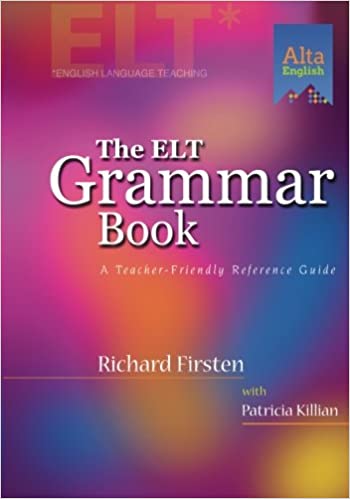Recently, I wrote about how to avoid run-on sentences, or sentences that contain several incorrectly-joined parts. If you have the opposite problem, you’re dealing with sentence fragments.
A sentence fragment is missing one of the necessary parts (How to Make a Sentence) of a sentence. These are all fragments (I put the asterisk * next to them as a sign that they are NOT correct English):
*A fish.
*My friend and I on the beach last summer, where we swam with dolphins and ate lots of shrimp.
*Drinking coffee.
*With some string.
*Not today.
As a quick practice activity, leave me a comment in which you turn each of these fragments into a sentence. What was each missing/what did you have to add to complete it?
The tricky thing is that while run-ons are always clearly wrong, we do use a lot of fragments in our everyday speech—especially when asking questions. Unfortunately, you need to be able to turn this on in informal contexts and then turn it off when you need to. Every sentence you write on the TOEFL should be complete, or you risk losing points or, even worse, confusing your reader.
How do you avoid writing fragments?
It’s not difficult to rid your writing of fragments; just be sure that every sentence has at least one subject and at least one verb. Theoretically, that’s all you need to do. In practice, however, it’s not always that simple.
Common traps
As you know, certain verbs have certain traveling buddies. These include things like direct objects, indirect objects, and prepositional phrases. Take, for example, the verb “to tell.” You can’t have a sentence that just says “We told.” It doesn’t make sense; this particular word requires an indirect object—the person that you tell.
We told your mother.
We told them about the project.
The second way that people accidentally write fragments is by trying to use subordinate clauses as complete sentences.
Some conjunctions, however, should never start a sentence. These are the subordinating conjunctions, or the conjunctions that go before the less important information in a sentence. If this idea is unfamiliar to you, check back in a few days to learn more. Until then, keep to the more conservative rule of never starting a sentence with a conjunction. This will prevent you from breaking a widely-accepted rule as well as appease even the strictest grammarian.






Leave a Reply